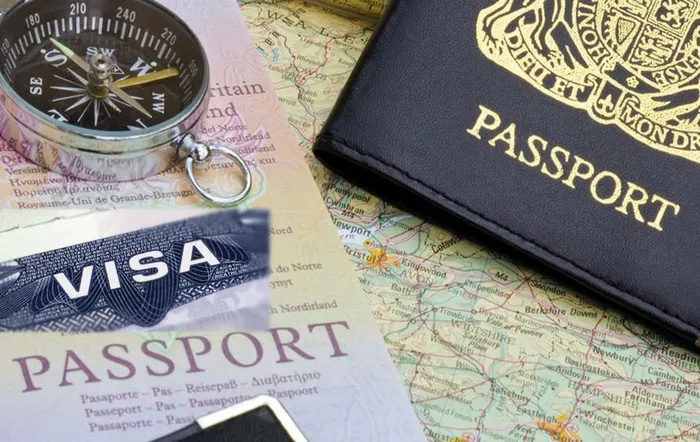In an era marked by increased globalization, the process of applying for a visa has become a crucial step for individuals seeking to travel, work, or study abroad. Navigating the intricate web of requirements, documentation, and procedures can be daunting, but a systematic approach can make the journey smoother. This comprehensive guide aims to provide a step-by-step walkthrough of the visa application process, shedding light on key aspects that applicants should consider.
Understanding the Basics
Before embarking on the visa application journey, it is imperative to understand the basics. A visa is an official document issued by a government, granting an individual permission to enter, stay, or transit within a particular country. The type of visa required depends on the purpose of the visit, such as tourism, business, work, or study.
1. Identify the Purpose and Type of Visa
The first step is to clearly define the purpose of your travel. Different visas cater to distinct needs, ranging from short-term tourist visas to long-term work or student visas. Research and identify the specific type of visa that aligns with your intentions.
2. Research the Destination Country’s Requirements
Each country has unique visa requirements and procedures. Visit the official website of the embassy or consulate of the destination country to access up-to-date and accurate information. Pay attention to eligibility criteria, processing times, and any specific documentation required for your chosen visa category.
Gathering Required Documentation
Document preparation is a pivotal aspect of the visa application process. Incomplete or inaccurate documentation can lead to delays or even visa denials. Follow these guidelines to ensure your paperwork is in order:
1. Compile Essential Personal Documents
Begin by gathering basic personal documents such as a valid passport, passport-sized photographs, and proof of identity. Ensure that your passport is valid for the entire duration of your intended stay.
2. Proof of Financial Means
Many countries require evidence of financial stability to ensure that applicants can support themselves during their stay. This may include bank statements, pay stubs, or sponsorship letters.
3. Travel Itinerary and Accommodation Details
Present a detailed travel itinerary, including flight reservations and accommodation arrangements. This helps authorities assess the purpose and duration of your stay.
4. Health and Travel Insurance
Some countries mandate health and travel insurance coverage. Obtain and submit relevant insurance documents to meet this requirement.
Navigating the Application Process
Once all required documents are in order, the actual application process can commence. Be prepared to invest time and attention to detail in this stage:
1. Online Application Submission
Many countries offer online visa application platforms. Fill out the application form accurately and truthfully. Double-check all entries to avoid discrepancies that could raise concerns during the evaluation process.
2. Appointment Scheduling
Some countries require applicants to schedule an appointment at the embassy or consulate. Plan ahead, as appointment slots may be limited, especially during peak seasons.
3. Biometric Data Submission
Certain countries, as part of the security measures, may require biometric data such as fingerprints. Attend any scheduled appointments promptly to provide the necessary information.
Navigating the Waiting Period
After submitting the application, a waiting period ensues. Understanding how to manage this time effectively is crucial:
1. Track Application Status
Monitor the status of your application through the tracking system provided by the embassy or consulate. Regularly check for updates to stay informed about any additional requirements or the approval status.
2. Prepare for an Interview
In some cases, applicants may be required to attend an interview. Familiarize yourself with potential interview questions and prepare concise, honest answers.
Handling Visa Decisions
The final stage of the process involves receiving a decision on your visa application. Whether approved or denied, there are key actions to take:
1. Visa Approval: Collecting the Visa
If your application is approved, follow the instructions provided to collect your visa. Ensure that all details on the visa match your personal information and intended travel dates.
2. Visa Denial: Understanding the Reasons
In the unfortunate event of a visa denial, carefully review the reasons provided by the immigration authorities. Addressing these issues is crucial for future applications.
Conclusion
Navigating the visa application process demands meticulous planning, attention to detail, and a proactive approach. By understanding the requirements, preparing the necessary documentation, and following the prescribed procedures, applicants can significantly increase their chances of a successful visa application. Remember, each country has its unique system, so staying informed and adhering to guidelines is key. A systematic approach ensures that your journey through the visa application process is as smooth and stress-free as possible, paving the way for a successful international experience.


